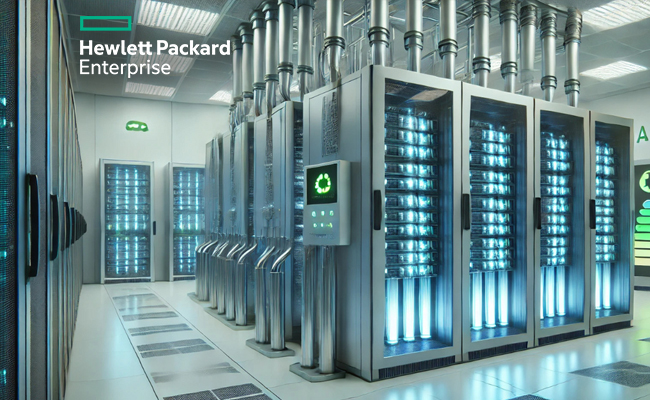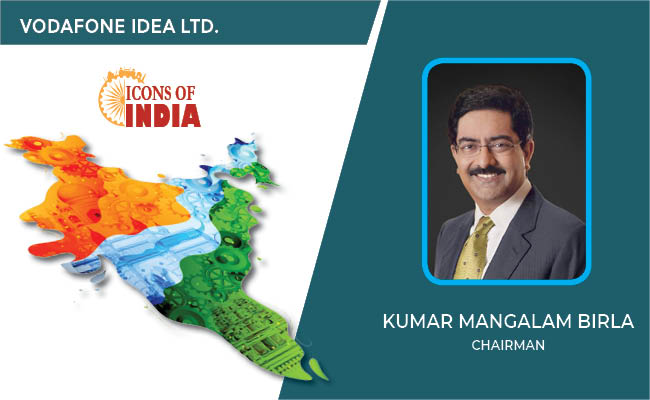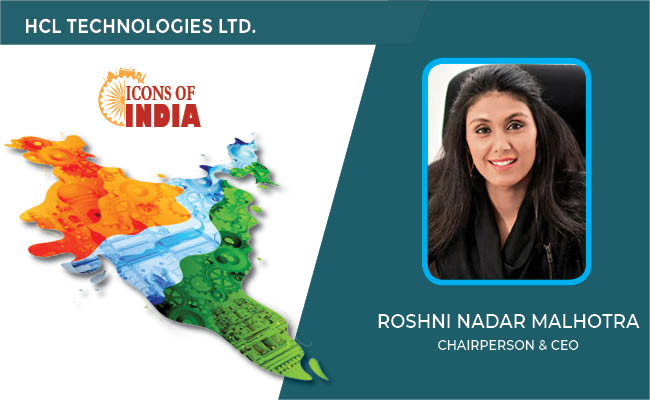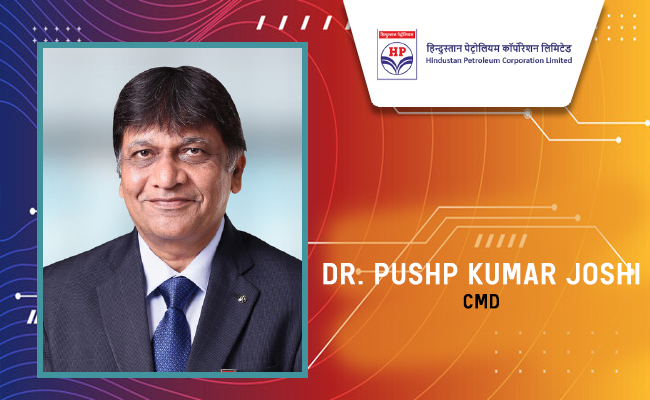HPE Unveils Fanless Direct Liquid Cooling System
By MYBRANDBOOK

Hewlett Packard Enterprise (NYSE: HPE) today announced the industry’s first 100% fanless direct liquid cooling systems architecture to enhance the energy and cost efficiency of large-scale AI deployments. The company introduced the innovation at its AI Day, held for members of the financial community at one of its state-of-the-art AI systems manufacturing facilities. During the event, the company showcased its expertise and leadership in AI across enterprises, sovereign governments, service providers and model builders.
Industry’s first 100% fanless direct liquid cooling system
While efficiency has improved in next-generation accelerators, power consumption is continuing to intensify with AI adoption, outstripping traditional cooling techniques.
Organizations running large AI workloads will need to do so more efficiently. The most effective way to cool next-generation AI systems is through direct liquid cooling, of which HPE is a pioneer. This critical cooling technology has enabled HPE’s systems to deliver 7 of the top 10 supercomputers on the Green500 list, which ranks the world’s most energy-efficient supercomputers.
Based on this expertise, HPE’s 100% fanless direct-liquid-cooling architecture introduced today brings the cost and energy efficiency benefits sovereign AI deployments are already enjoying to a broader set of organizations building large-scale generative AI.
“As organizations embrace the possibilities created by generative AI, they also must advance sustainability goals, combat escalating power requirements, and lower operational costs,” said Antonio Neri, president and CEO of HPE. “The architecture we unveiled today uses only liquid cooling, delivering greater energy and cost-efficiency advantages than the alternative solutions on the market. In fact, this direct liquid cooling architecture yields 90% reduction in cooling power consumption as compared to traditional air-cooled systems. HPE’s expertise deploying the world’s largest liquid-cooled IT environments and our market leadership spanning several decades put us in excellent position to continue to capture AI demand.”
The system architecture is built on four pillars:
An 8-element cooling design that includes liquid cooling for the GPU, CPU, full server blade, local storage, network fabric, rack/cabinet, pod/cluster and coolant distribution unit (CDU)
The 100% fanless direct liquid cooling architecture delivers unique benefits – including a 37% reduction in cooling power required per server blade, when compared to hybrid direct liquid cooling alone. This reduces utility costs, carbon production and data center fan noise. In addition, because systems using this architecture can support greater server cabinet density, they consume half the floor space.
HPE’s leadership and unique market opportunity
At AI Day, Antonio Neri, president and CEO; Fidelma Russo, EVP & GM, Hybrid Cloud and HPE CTO; and Neil MacDonald, EVP & GM, Server discussed how the HPE portfolio comprises the critical building blocks to deliver on the promise of networking, hybrid cloud and AI.


Nazara and ONDC set to transform in-game monetization with ‘
Nazara Technologies has teamed up with the Open Network for Digital Comme...

Jio Platforms and NICSI to offer cloud services to government
In a collaborative initiative, the National Informatics Centre Services In...

BSNL awards ₹5,000 Cr Project to RVNL-Led Consortium
A syndicate led by Rail Vikas Nigam Limited (abbreviated as RVNL), along wi...

Pinterest tracks users without consent, alleges complaint
A recent complaint alleges that Pinterest, the popular image-sharing platf...


Icons Of India : Kumar Mangalam Birla
Aditya Birla Group chairman Kumar Mangalam Birla recently made a comeb...

ICONS OF INDIA : ROSHNI NADAR MALHOTRA
Roshni Nadar Malhotra is the Chairperson of HCLTech, a leading global ...

Icons Of India : Anil Agarwal
Anil Agarwal, the Founder and Chairman of Vedanta Resources Ltd., is r...


HPCL - Hindustan Petroleum Corporation Ltd.
HPCL is an integrated oil and gas company involved in refining, market...

UIDAI - Unique Identification Authority of India
UIDAI and the Aadhaar system represent a significant milestone in Indi...

STPI - Software Technology Parks of India
STPI promotes and facilitates the growth of the IT and ITES industry i...


Indian Tech Talent Excelling The Tech World - Lal Karsanbhai, President & CEO, Emerson
Lal Karsanbhai, President and CEO of Emerson, assumed the leadership i...

Indian Tech Talent Excelling The Tech World - AJAY BANGA, President - World Bank
Ajay Banga is an Indian-born American business executive who currently...

Indian Tech Talent Excelling The Tech World - REVATHI ADVAITHI, CEO- Flex
Revathi Advaithi, the CEO of Flex, is a dynamic leader driving growth ...